
The science has definitively demonstrated that the dominant fats in margarine increase our risk of developing breast cancer. But that science has been comprehensively ignored by the Health Authorities. Is their obsession with pushing margarine for heart health clouding their vision?
Breast cancer is the most common cancer in Australian women. One in nine women will develop the disease in their lifetime.
We are getting very good at detecting and treating the cancer (88 per cent of new cases survive five years or more). But there are no signs of any reduction in the numbers of women developing the disease in the first place. In the last 30 years the incidence has increased dramatically.
An Australian woman in 2012 was almost 50% more likely to develop breast cancer than her mother was in 1982. If the woman lived in the ACT, was white and is affluent, her risk is even higher.
Forty new cases will be diagnosed today. Forty women will discover they have breast cancer today that thought they were well yesterday. And tomorrow another 40 will join the list. And another 40 the day after that. Even more disturbingly three of those women every day will be under 40.
Despite its enormous impact, we know almost nothing about what causes the disease. The best the experts can tell us so far is what many would regard as the bleedin’ obvious – that we are more at risk if we are female, have relatives that have had the disease (or other cancers) or have previously had the disease (or other cancers) ourselves.
There is nothing in the official advice about the risks associated with polyunsaturated fat consumption. But researchers have known that there is a strong link between high polyunsaturated fat, seed oils (man-made oils extracted from grains and seeds such as canola, sunflower, grape-seed, corn and ricebran) and cancer for more than 40 years.
The Veterans Trial, completed in 1971, was conducted with a population of 846 Californian military veterans randomly assigned to two different kitchens. One kitchen replaced all animal-fat products with corn oil for the eight-year duration of the study. The other kitchen kept on serving a normal high-animal-fat diet.
The purpose of the trial was to determine whether animal fat caused heart disease, but it drew a blank on that front. Heart-disease-related events were slightly less than expected in both groups, and not significantly different from each other. But the researchers noticed something of far more concern. There was the dramatic difference in cancer deaths between the two groups. The incidence of fatal cancers in the corn-oil group was nearly double that of the normal-diet group by the end of the trial.
Ethical approval for more trials on humans was in short supply after that study saw the light of day. But rat studies performed in the 1970s and 1980s consistently noted that mammary (breast) cancer was formed more often in rats fed corn oil (high in polyunsaturated fats) than in those fed coconut oil (high in saturated fats). And a truly disturbing study published in 1997 showed that feeding the rat equivalent of a breastfeeding mother a diet high in polyunsaturated fat (43 per cent corn oil) doubled the rate of mammary cancer in her daughters, caused cancers to appear among them earlier and caused earlier onset of puberty.
In 1996, Swedish researchers decided it was time for a human study to provide some hard data on breast cancer. Scientists from the Karolinska Institute recruited 63,870 women aged 40–76 and monitored their diet and the occurrence of breast cancer for an average of 4.2 years. The dietary questionnaires used in the study enabled the researchers to determine exactly how much saturated, monounsaturated and polyunsaturated fat the women were consuming.
They found no association between the total fat or saturated-fat (the dominant fat in animal fats) intake and a woman’s risk of developing breast cancer. Monounsaturated-fat (the dominant fat in Olive Oil) consumption reduced the risk of breast cancer by 20 per cent but polyunsaturated-fat consumption did exactly the opposite. Just as the rat studies had predicted, the women consuming the most polyunsaturated fat were 20 per cent more likely to develop breast cancer than the women consuming the least.
Since that study, further human studies have found significant associations between dietary polyunsaturated fat consumption (in particular the omega-6 fats which dominate seed oils) and the risk of developing breast cancer. A review of the studies conducted by the Université Joseph Fourier (Grenoble, France) concludes “there are several recent and concordant studies that strongly suggest that dietary omega-6 [polyunsaturated fats] … increase the risk of breast cancers.”
Meanwhile the Australian Heart Foundation is busily telling ‘Mums’ that they should be replacing butter with margarine. They are doing this because for the last 30 years they have been telling people that plant fats reduce the risk of heart disease. Unfortunately there is no evidence that this is true. Indeed it is likely that the omega-6 fats in margarine significantly increase the risk of heart disease and death. Even more unfortunately the margarine they want all our mums to eat is made from the very oils the French review concluded “increase the risk of breast cancer.”
This evidence is compelling. It demands critical discussion. It demands widespread publication. And it demands public warnings. But none of this is happening. The folks charged with safeguarding our safety are asleep at the wheel (I’m being generous). And the folks with a buck to make from selling us seed oils appear to be running the show.
We are not talking about a rare disease afflicting tropical fish. Breast cancer is a blight upon the community. There is not one person who will not be personally affected by the tragedy of this very modern epidemic. Our mothers, sisters and daughters (and even very occasionally our men folk) deserve better. Somebody wake the watchdogs – please. And while you wait for them to stir, stop eating seed oils.
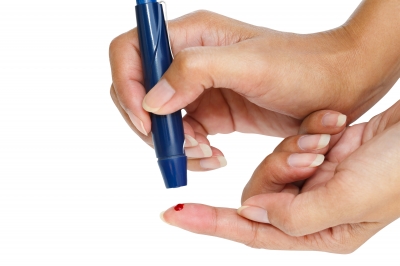
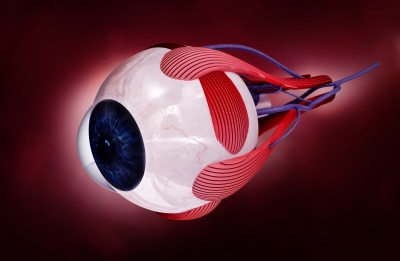
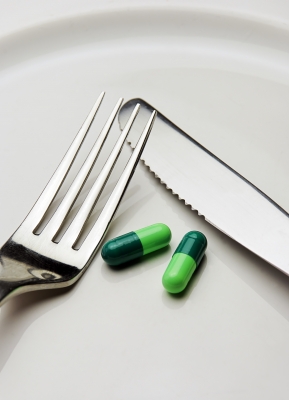

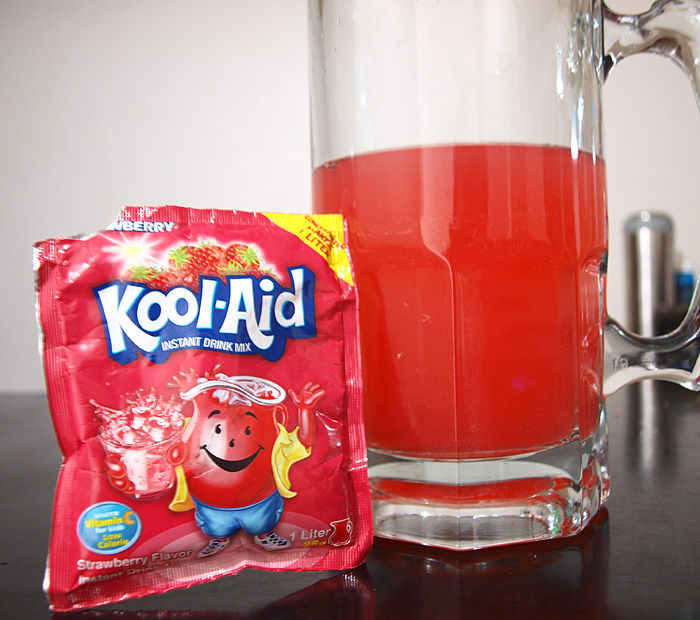
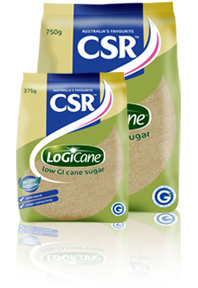











Recent Comments